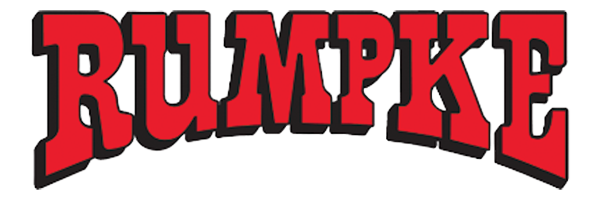New Year’s Challenge: 21-Day Recycling Habit
Are you looking for a way to start the new year with a positive impact on the environment? Well, a resolution is only as good as the plan you make for it.
You’ve heard the old adage that it takes 21 days to form a habit. This simple 21-day plan is designed to help you form a recycling habit that will last beyond the new year. It consists of simple steps that you can follow each day to learn more about recycling, sort your waste, and track your progress.
By the end of the challenge, you will have a recycling routine that is easy, fun and rewarding.
Ready to take the challenge? Let’s get started!
Pre-Planning: Research
Research the recycling options in your neighborhood. Call your municipality or waste service provider to find out if your neighborhood has access to curbside recycling or public drop-off boxes.
Day 1: Pick a Spot
After receiving your bin or cart, choose a convenient location for it in your home, preferably near a trash container for easy access. If the main recycling container is too large to store inside, use smaller containers, like paper grocery sacks, in various rooms as collection points.
Days 2-7: Take Note and Set a Goal
During your first week, visually inspect your overall waste stream. How many bags of trash does your family typically generate each week?
Set a reasonable goal for the amount you want your family to recycle, and post it on the refrigerator. For example, if your family averages five bags of trash per week, you could set a goal to have four bags of trash and recycle the rest. In general, about 50-60% of our waste could potentially be reduced, reused or recycled.
Days 8-10: Start Small
Pick two easy items – aluminum cans and steel cans – and begin filling your recycling container. Collect empty soda, juice and beer cans, along with steel cans from vegetables and fruit (often called “tin cans”). There’s no need to remove the labels.
Days 11-14: Add Paper to the Mix
Along with the cans, add paper to your recycling habit. Paper-based products come in all shapes and sizes, from computer paper to cardboard boxes.
Did you know nearly everything that arrives in your mailbox is recyclable? If you're curious - check out our list of acceptable items to recycle.
Days 15-19: Get Bold and Maximize
Now, recycling becomes a bit more fun and challenging. Get bold and maximize your recycling habit by adding plastic bottles and glass bottles and jars.
When recycling, capture only plastic bottles with a bottom wider than the mouth of the container.
Seek containers that at one point had a small, screw-on cap. Common examples include:
- Soda bottles (all sizes – 20 oz., 2-liter, etc.)
- Milk jugs
- Laundry detergent bottles
- Shampoo bottles
- Contact solution bottles
Recycle glass containers from food or drinks as well. Acceptable glass containers include soda, beer and wine bottles, as well as spaghetti, salsa and pickle jars. Avoid items like drinking glasses, window glass, mirrors and light bulbs.
Day 20: Play a Game with Your Kids
Here’s a fun game for your kids. Fill a bag with trash and recyclables. Give each child two pieces of paper – write the word “Trash” on one and “Recycling” on the other. Randomly pull an item from the bag, and ask the children whether it should go in the trash or recycling container.
They receive a point for each correct answer. The winner should receive a small prize, and the loser has to take out the trash that week. Save the “Trash” and “Recycling” sheets for future games.
Day 21: Take Note (Again) and Celebrate!
Remember the goal you placed on the fridge? Check to see if your family achieved the goal and celebrate your success. Then, set a new goal and introduce new ways to reduce, reuse and recycle in your home.
Final Thoughts
Recycling is a great way to help the environment and your well-being. By making the 21-day challenge your New Year’s resolution, you can lower your environmental impact, save money, and help improve your community. Every action counts, and you can keep this resolution all year long. Happy recycling!
